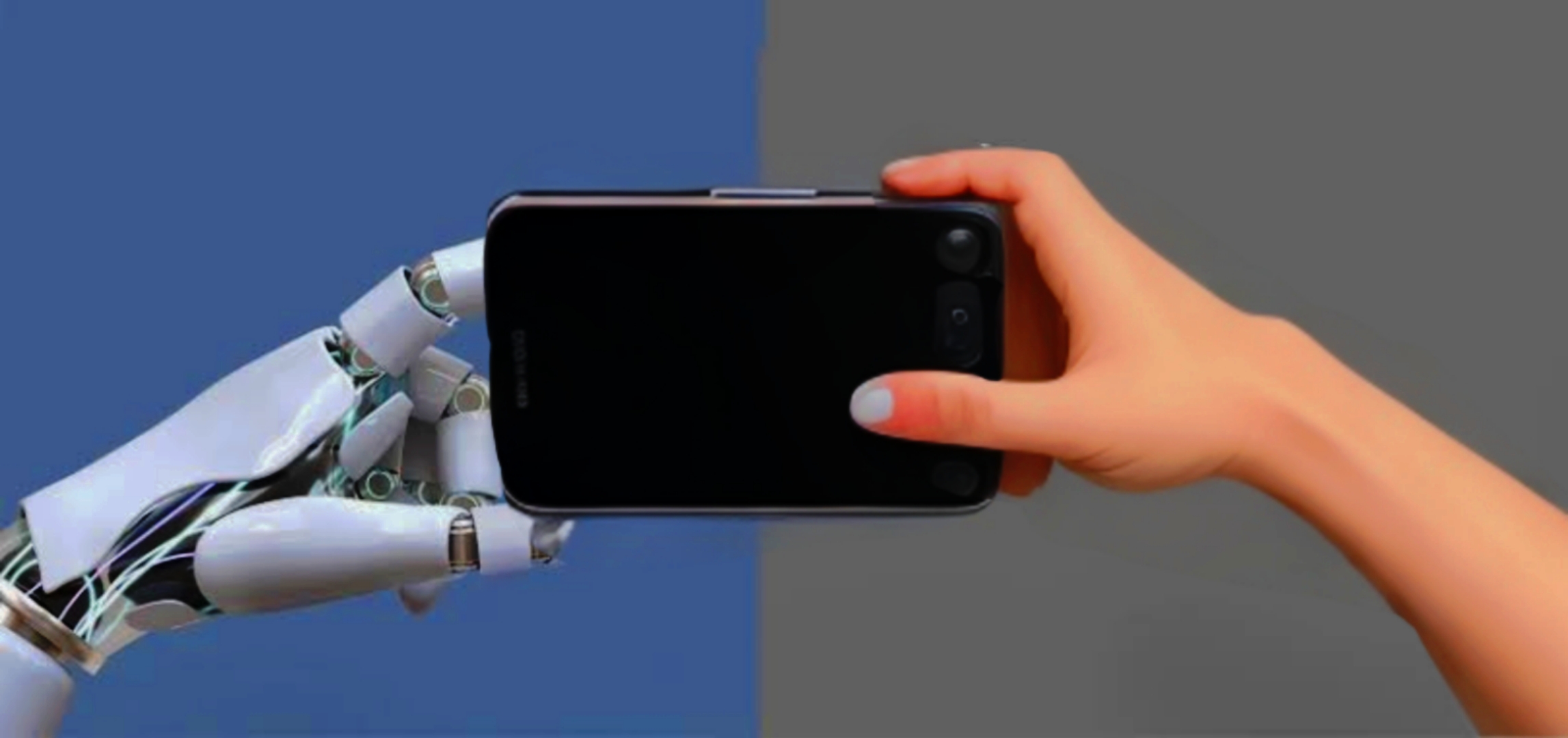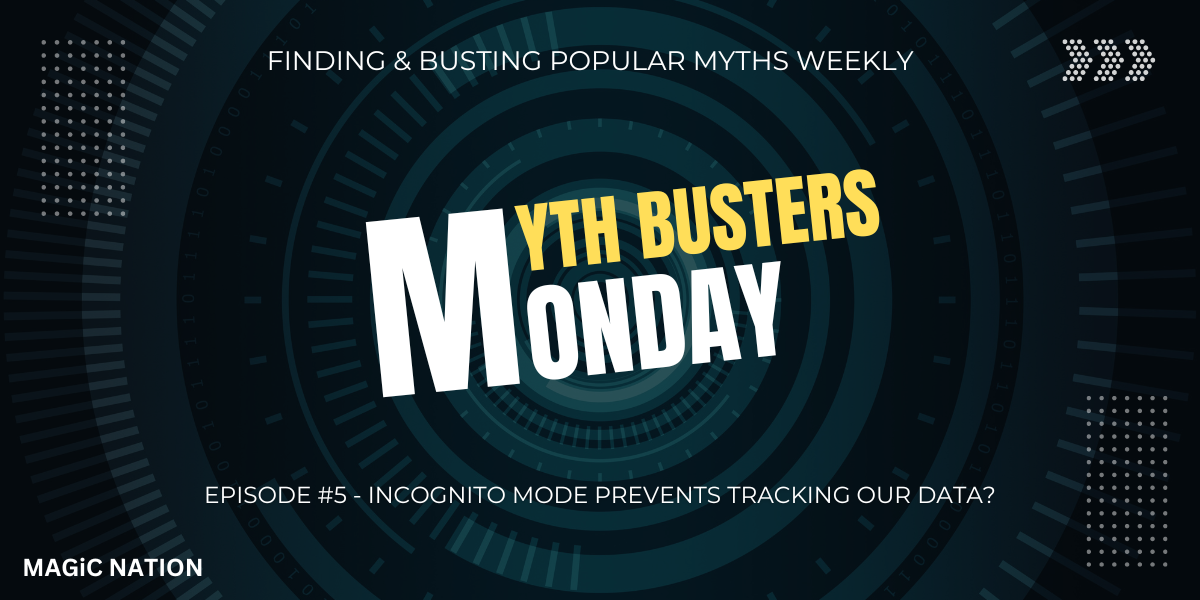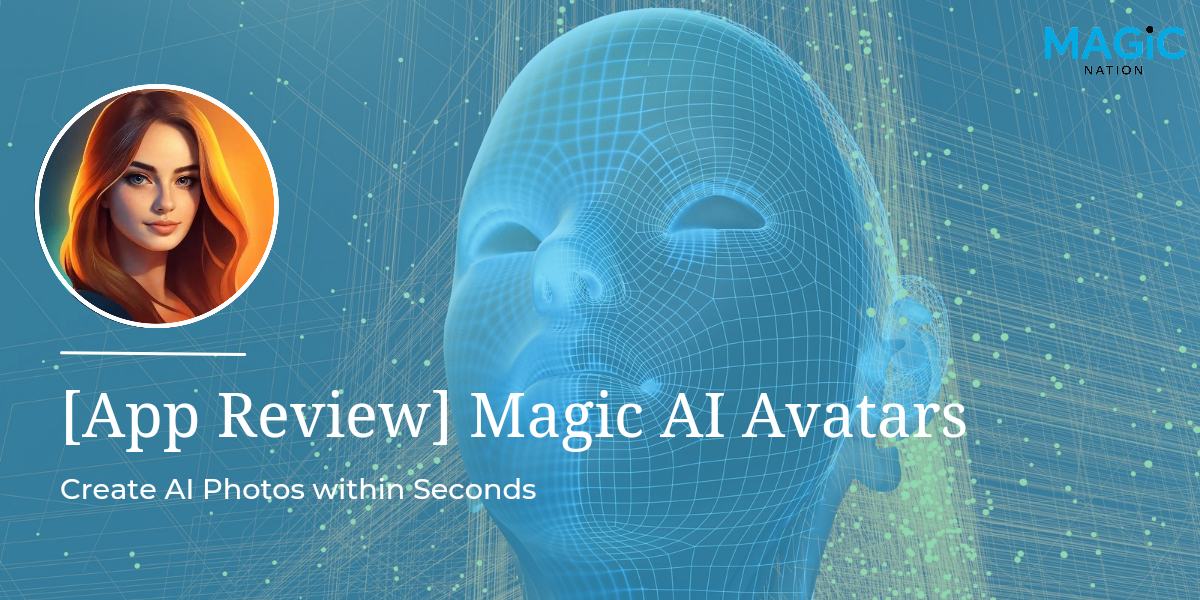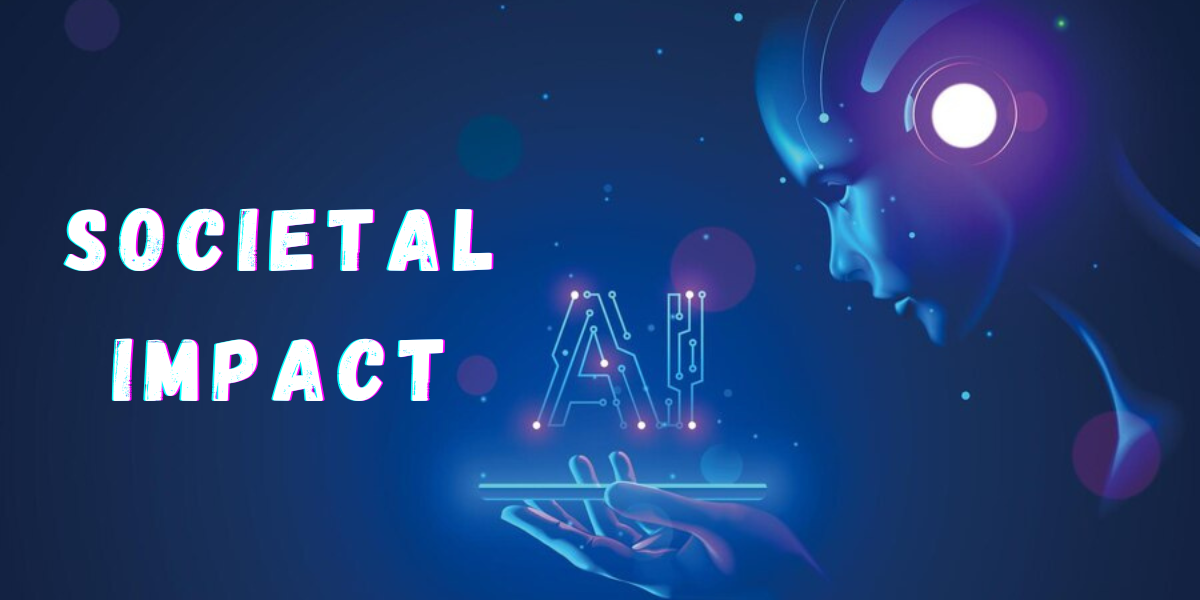
Hey eXplorers,
Greetings to our esteemed readers and the vibrant community, I hope you all are doing well!
In today's thread I'm going to present my article on "Impact Of AI in our Society"
Introduction:-
Artificial Intelligence (AI) has rapidly integrated into various aspects of our lives, driving significant societal changes. By automating repetitive tasks, AI enhances productivity and frees humans to focus on creative and complex activities. This shift in work dynamics leads to increased efficiency and innovation across industries. From smart assistants to self-driving cars, AI is everywhere. In this article, we’ll explore its impact in detail.
1. Making Things Easier:-

Factories and Manufacturing
Robots: AI-powered robots work tirelessly on assembly lines, improving efficiency and reducing errors.
- These robots can handle repetitive tasks, such as welding, painting, and assembling components.
- They adapt to changes in production requirements, optimizing workflows.
- Computer vision algorithms analyze visual data, identifying imperfections in real time.
- This ensures consistent product quality and reduces waste.
Logistics and Delivery
Optimized Routes: AI algorithms find the quickest delivery routes, saving time and fuel.
- Factors like traffic, weather, and road conditions are considered.
- Companies like Amazon and UPS use AI to enhance their delivery networks.
- Sensors monitor vehicle performance, detecting anomalies.
- Timely maintenance reduces downtime and improves reliability.
Customer Service
Chatbots: AI chatbots handle routine inquiries, freeing up human agents for more complex issues.
- Natural language processing (NLP) allows chatbots to understand and respond to user queries.
- They provide 24/7 support, enhancing customer satisfaction.
- E-commerce platforms recommend products based on browsing history and preferences.
- Personalized experiences lead to higher engagement and conversions.
2. Smart Decisions:-

Healthcare
Medical Imaging: AI assists radiologists by analyzing X-rays, MRIs, and CT scans.
- Deep learning models detect anomalies, aiding in early disease diagnosis.
- Faster and more accurate diagnoses improve patient outcomes.
- Virtual screening identifies molecules with therapeutic potential.
- This expedites drug development and reduces costs.
Finance
Algorithmic Trading: AI predicts stock market trends and executes trades.
- Machine learning algorithms analyze historical data and market indicators.
- High-frequency trading relies on split-second decisions.
- Anomalies in transaction patterns trigger alerts.
- Banks and credit card companies use AI to prevent fraud.
Weather Forecasting
Data Crunching: AI processes vast amounts of weather data to improve forecasts.
- Satellite imagery, atmospheric models, and historical patterns inform predictions.
- Accurate forecasts aid disaster preparedness and agriculture.
3. Fueling Innovation:-

Language Understanding
Translation: AI translates languages in real time, bridging communication gaps.
- Neural machine translation models learn from multilingual data.
- Travelers, businesses, and global collaborations benefit.
Self-Driving Cars: AI analyzes visual data from cameras and sensors to navigate roads.
- Object detection, lane tracking, and collision avoidance are key tasks.
- Autonomous vehicles promise safer transportation.
- Surveillance cameras use facial recognition and behavior analysis.
- Enhanced security without compromising privacy is the goal.
Robotics
Collaborative Robots (Cobots): AI-driven robots work alongside humans in factories.
- Cobots assist with heavy lifting, precision tasks, and assembly.
- Human-robot collaboration optimizes productivity.
- From inspecting power lines to surveying disaster zones, drones extend human capabilities.
- Real-time data collection aids decision-making.
4. Challenges and Questions:-

Privacy
Data Collection: AI relies on data, but how do we protect our privacy?
- Striking a balance between data utilization and individual rights is essential.
- Regulations like GDPR address data privacy concerns.
Bias
Training Data: AI can inherit biases present in historical data.
- Fair representation and bias mitigation are ongoing research areas.
- Ethical AI development requires awareness of these challenges.\
Responsibility
Accountability: Who’s responsible when an AI system makes a harmful decision?
- Clear guidelines and ethical frameworks are necessary.
- Ensuring transparency and fairness is a collective effort.
5. Teaming Up with Humans:-

Creativity
AI Art: Generative models create unique artworks, inspiring human artists.
- Collaboration between AI and artists leads to novel expressions.
- The fusion of human creativity and AI algorithms opens new artistic horizons.
Research
Scientific Discovery: AI analyzes complex data sets, aiding researchers.
- Genomics, climate modeling, and drug interactions benefit from AI insights.
- Collaborative efforts accelerate scientific breakthroughs.
Education
Personalized Learning: AI adapts educational content to individual student needs.
- Tailored exercises, feedback, and pacing enhance learning outcomes.
- Lifelong learning becomes more accessible.
6. A Global Race:-

Superpowers
Competition: Countries invest heavily in AI research and talent.
- The United States, India, China, and European nations lead the race.
- Strategic partnerships and knowledge sharing are vital.
Ethical Considerations
Transparency: We need to understand how AI systems make decisions.
- Explainable AI models provide insights into their reasoning.
- Trust hinges on transparency.
- International agreements and industry standards guide responsible AI deployment.
- Policymakers grapple with finding the right balance.
Conclusion
As AI evolves, so do we. Let’s embrace its potential while ensuring it benefits everyone. Ethics, transparency, and collaboration—these are our guiding stars. The future? It’s not written in stone, but in lines of code. So fasten your seatbelt; the AI revolution is just beginning. And as we navigate this AI-driven world, let’s prioritize ethics, collaboration, and responsible development.
And one more interesting thing the images which are used in this article is created by AI only
Thank you for taking the time to read out the above article. Click the 'like
Harsh Jain










